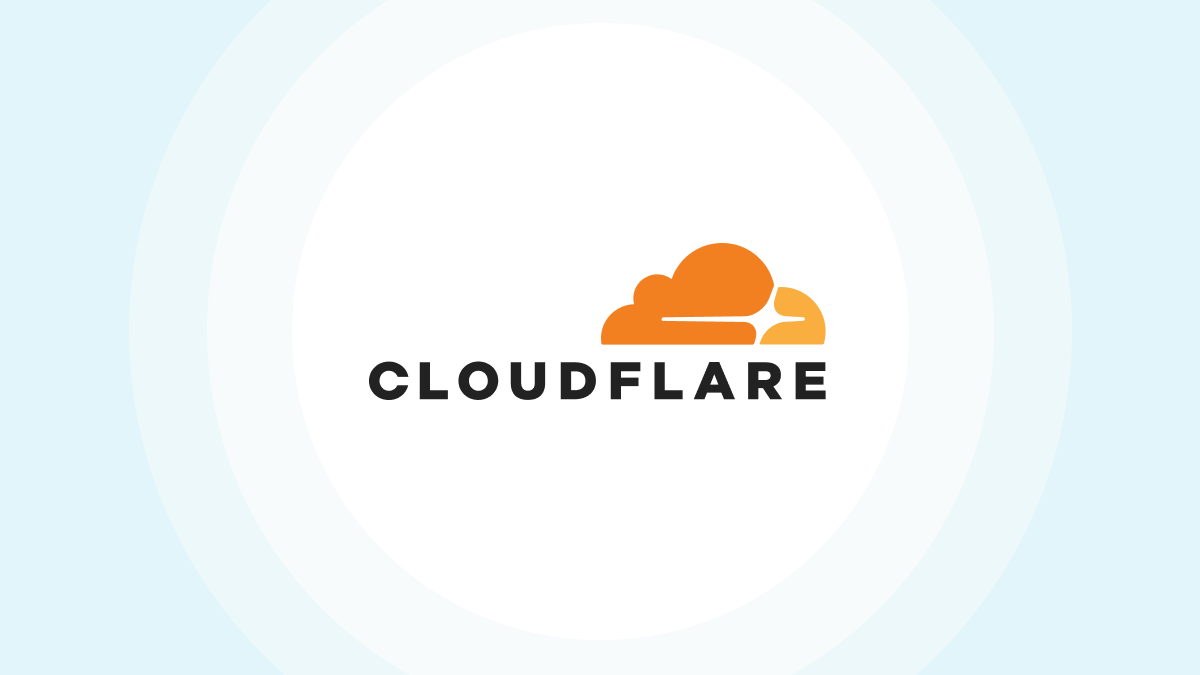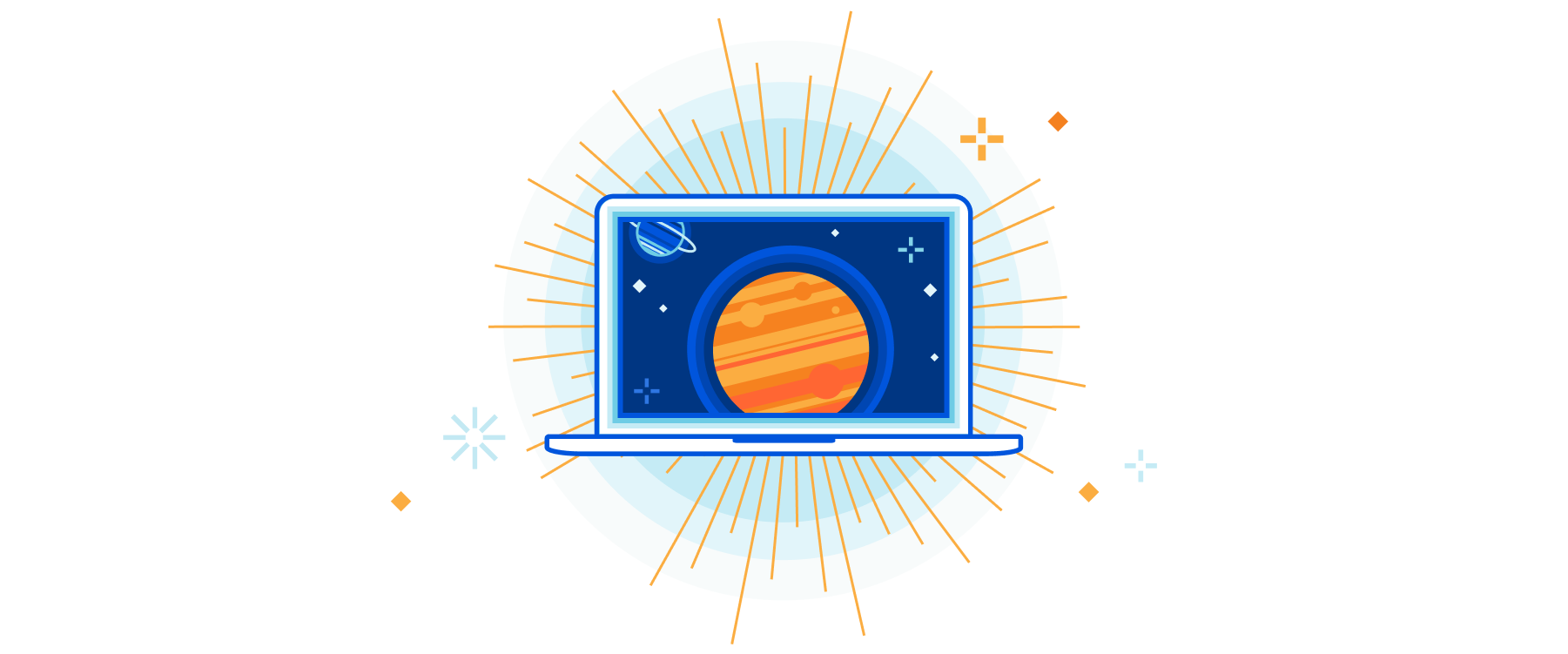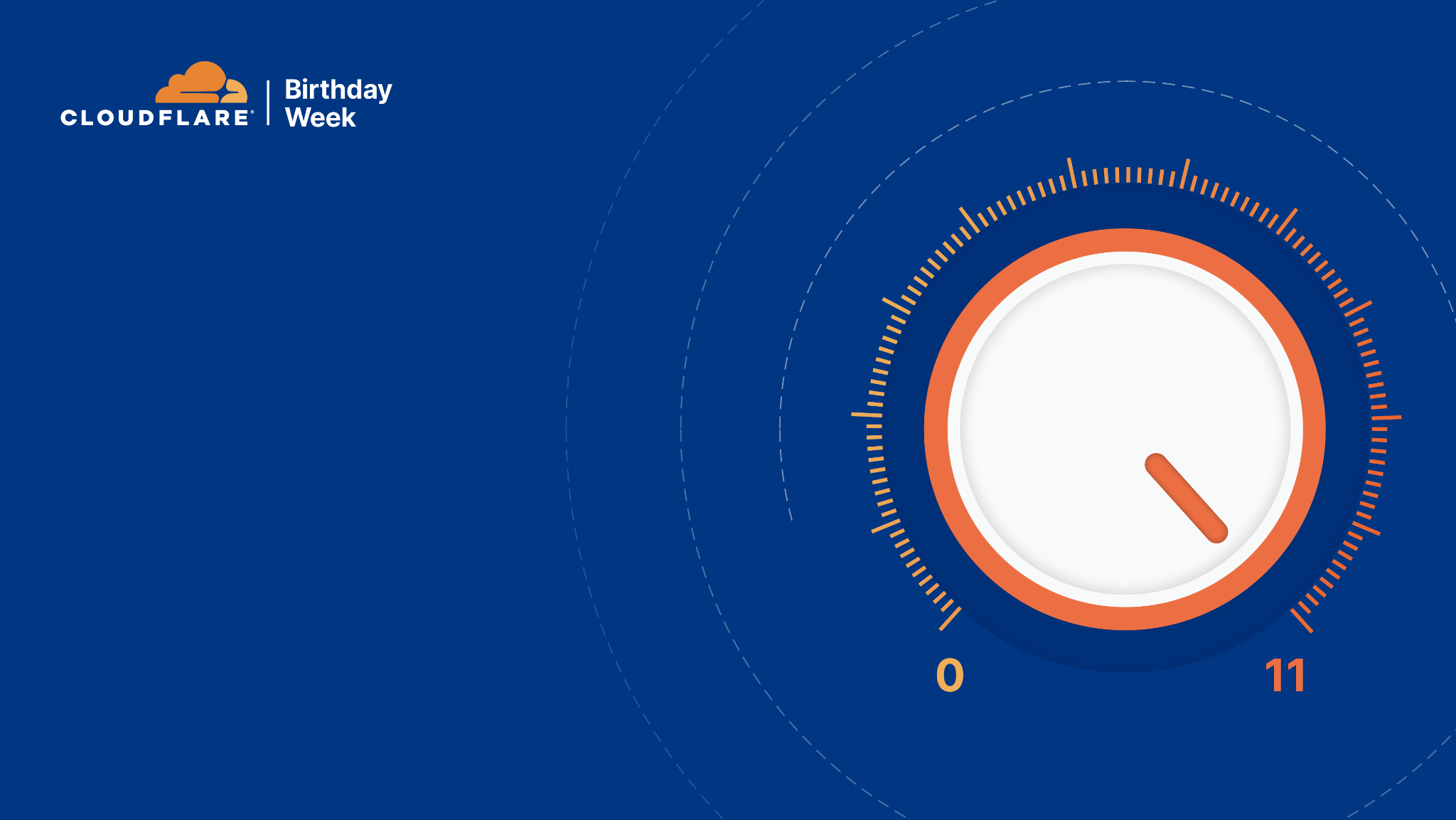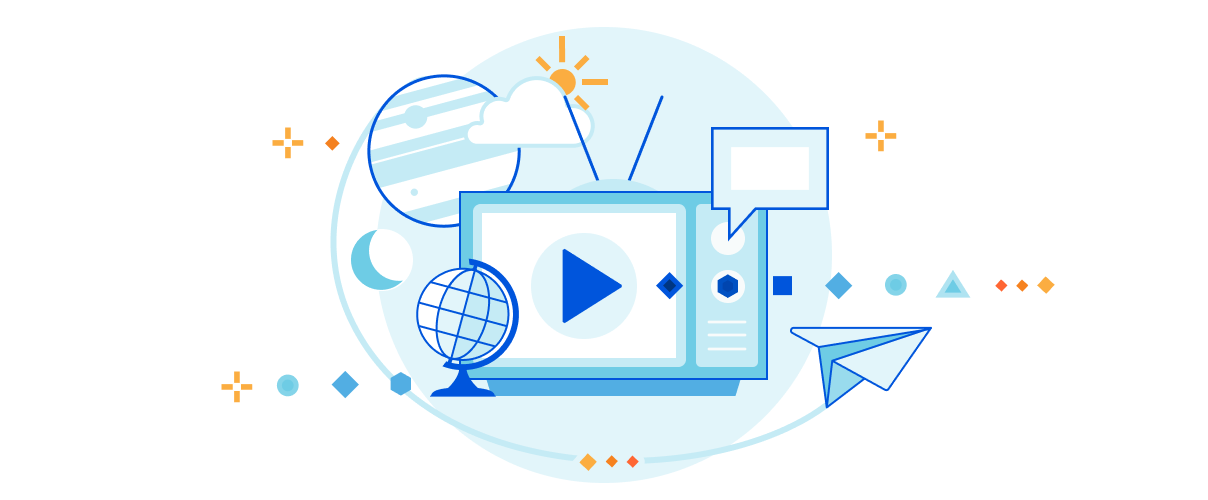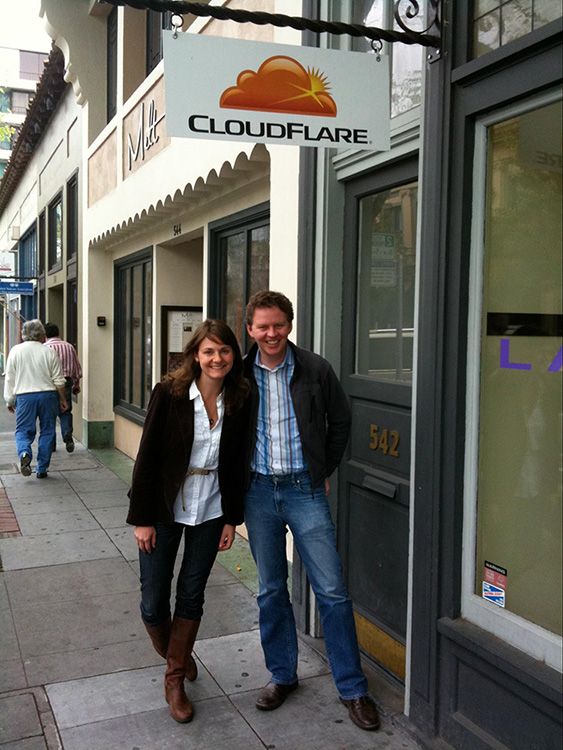Post Syndicated from Matthew Prince original https://blog.cloudflare.com/cloudflares-annual-founders-letter-2022/


Cloudflare launched on September 27, 2010. This week we’ll celebrate our 12th birthday. As has become our tradition, we’ll be announcing a series of products that we think of as our gifts back to the Internet. In previous years, these have included products and initiatives like Universal SSL, Cloudflare Workers, our Zero Markup Registrar, the Bandwidth Alliance, and R2 — our zero egress fee object store — which went GA last week.
We’re really excited for what we’ll be announcing this year and hope to surprise and delight all of you over the course of the week with the products and features we believe live up to our mission of helping build a better Internet.

Founders’ letter
While this will be our 12th Birthday Week of product announcements, for the last two years, as the cofounders of the company, we’ve also taken this time as an opportunity to write a letter publicly reflecting on the previous year and what’s on our minds as we go into the year ahead.
Since our last birthday, it’s been a tale of two halves of a very different year. At the end of 2021 and into the first two months of 2022, COVID infection rates were falling globally, effective vaccines were getting rolled out, and the world seemed to be returning to a sense of pre-pandemic normalcy.
Internally, we were starting to meet again in person with colleagues and customers. We’d weathered an unprecedented increase in traffic across our network caused by the pandemic and, with a few bumps along the way, used the challenges we’d faced through that time to rebuild our architecture to be more stable and reliable for the long term. We both felt optimistic for the future.
Russia’s invasion of Ukraine
Then, on February 24, Russia invaded Ukraine. While we were fortunate to not have team members working from Russia, Ukraine, or Belarus, we have many employees with families in the region and six offices within a train ride of the front lines. We watched in real time as Internet traffic patterns across Ukraine shifted, a disturbing reflection of what was happening on the ground as cities were bombed and families fled.
At the same time, Russia ratcheted up their efforts to censor their country’s Internet of all non-Russia media. While we had seen some Internet restrictions in Russia over the years, historically Russian citizens were generally able to freely access nearly any resources online. The dramatically increased censorship marked an extreme change in policy and the first time a country of any scale had tried to go from a generally open Internet to one that was fully censored.
Glimmers of hope
But, even as the war continues to rage, there is reason for optimism. In spite of a significant increase in censorship inside Russia, physical links to the rest of the world being cut in Ukraine, cyber attacks targeting Ukrainian infrastructure, and Russian forces actively rerouting BGP in invaded regions, by and large the Internet has continued to flow. As John Gilmore once famously said: “The Internet sees censorship as damage and routes around it.”
The private sector and governments around the world came together to help support Ukraine and render Russian cyberattacks largely moot. Our team provided our services for free to government, financial services, media, and civil society organizations that came under cyber attack, ensuring they stayed online. As the physical Internet links were severed in the country, our network teams worked to route traffic through every possible path to ensure not only could news from outside Ukraine get in but, equally importantly, pictures and news of the war could get out.
Those pictures and news of what is happening inside Ukraine continue to galvanize support. The Ukrainian government continues to function in spite of withering cyber attacks. Voices inside Russia pushing back against the regime are increasingly being heard. And ordinary Russian citizens have increasingly turned to services like Cloudflare’s 1.1.1.1 App to see uncensored news, in record numbers.
Our efforts to keep the Internet on in Russia led the Putin regime to officially sanction one of us (Matthew) — a sign we took that we were making a positive impact. Today we estimate approximately 5% of all households in the country are continuing to access the uncensored Internet using our 1.1.1.1 App, and that number continues to grow.

The Internet’s current battleground
2022 was not the first year in which the Internet became a battleground, but to us, it does feel like a turning point. In the last twelve months, we’ve seen more countries shut down Internet access than in any previous year. Sometimes this is just a misguided and ineffectual effort to keep students from cheating on national exams. Unfortunately, increasingly, it’s about repressive regimes attempting to assert control.
As we write this, the Iranian government is attempting to silence protests in the country through broad Internet censorship. While some may suggest this is business as usual, in fact it is not. The Internet and the broad set of news and opinions it brings have generally been available in places like Iran and Russia, and we shouldn’t accept that full censorship in them is the de facto status quo.
And these efforts to reign in the Internet are unfortunately not limited to Iran and Russia. Even in the liberal, democratic corners of Western Europe, incidents in which court ordered blocking at the infrastructure layer resulting in massive overblocking spiked dramatically over the last year. Those cases will set a dangerous precedent that a single court in a single country can block access to wide swaths of the Internet.
While it may seem ok to Austrians for an Austrian court to enforce Austrian values for an issue within Austria, if any country’s courts can block content at the core Internet infrastructure level even when it results in the blocking of unrelated sites then it will have a global impact. And, inherently, it will open the door for Afghanistan, Albania, Algeria, Andorra, Angola, Antigua, Argentina, Armenia, Australia, and Azerbaijan to do the same. And that’s just the countries that start with the letter A. If these precedents are upheld then the Internet risks falling to the lowest common denominator of what’s globally acceptable.
An old threat to permissionless innovation
The magic of the early Internet was that it was permissionless. Cloudflare was founded to counter an old and very different threat to that magic than we face today. Early in Cloudflare’s history, we used to get asked who we were competing against. We have never thought the answer was Akamai or EdgeCast. While, from a business perspective, we always thought of our business as replacing the vast catalog of Cisco’s hardware boxes with scalable services, that transition seemed inevitable. Instead, the existential competitor we faced was a threat to the permissionless Internet itself: Facebook.
If you find your eyebrow raised as you read that, know you’re not alone. It was the universal reaction we’d get whenever we said that back in 2010, and it remains the universal reaction we get when we say it today. But it has always rung true. In 2010, when Cloudflare launched, it was getting so difficult to be online — between spam, hackers, DDoS, reliability, and performance issues — that many people, organizations, and businesses gave up on the web and sought a safe space in Facebook’s walled garden.
If the challenges of being online weren’t solved in some other way, there was real risk that Facebook would, effectively, become the Internet. The magic of the Internet was that anyone with an idea could put it online and, if it resonated, thrive without having to pass through a gatekeeper. It seemed wrong to us that if those trends continued you’d have to effectively get Facebook’s permission just be online. Preserving the permissionless Internet was a big part of what motivated us to start Cloudflare.
So we set out to help solve the problems of cyberattacks, outages, and other performance challenges making sure that the Internet we believed in could continue to thrive. We built a global network able to mitigate the largest DDoS attacks easily, and to make anything connected to the Internet faster, more secure, and more reliable. We created tools to make it easy for developers to build and maintain new platforms, with the ability to deploy serverless code in an instant across the globe. We developed new ways for our customers to protect their internal systems from attack with Zero Trust services. And we made it all as widely available as possible, constantly striving to provide accessible tools not only to the Fortune 1000 but also to the small businesses, nonprofits, and developers with ideas about how to build something new, creative, and good for the world.
It’s not dissimilar to the story of another disruptive tech company that began a few years before we did. Shopify has been a long time Cloudflare customer using a number of our services, including our Workers developer platform. Their unofficial rallying cry of “arming the rebels” has always resonated with us.
In many ways, Shopify is to Amazon.com as Cloudflare is to Facebook. Both of the former providing the key infrastructure you need to innovate and then getting out of your way, both of the latter building a walled garden from which they can ultimately extract maximum rents.
A New Hope
Shopify framing their customers as the rebels taking on the Empire of Amazon is, of course, a reference to Star Wars and so it may not be surprising that we often talk internally about the Star Wars movies as a metaphor for the history of the Internet: past, present, and maybe future.
The first movie, Episode IV, was titled “A New Hope.” The plot of that movie feels a lot like how the world experienced the Internet for the 40 years prior to 2016. There was this magical thing called the Force, and it was controlled by these incredible people called Jedi. Except instead of the Force it was the Internet and instead of Jedi it was programmers and network engineers.
It’s easy to forget that it’s the stuff of not-too-long-ago science fiction that you could have a device in your pocket that could access the sum of all human knowledge. And yet, there are now more smartphones in active use than humans on Earth. Neither of us feel all that old, yet we both grew up in a time when if you had an opinion and wanted to get it out to a broad audience you had to write it up, send it in as a letter to the editor, and hope that it would get published.
Today in the world of Twitter and TikTok that is almost unimaginably quaint. The Internet blew that all up, just as Luke blew up the Death Star, and it’s hard to overstate how much that disrupted every traditional source of power and control.

The Empire Strikes Back
But after Episode IV came Episode V: “The Empire Strikes Back.” And make no mistake, the traditional centers of control are working hard to find ways to control the Internet. While we think the shift came somewhere around 2016, it feels like in 2022 the Empire has discovered the rebel base on Hoth and the AT-ATs are closing in.
Episode V is a pretty dark movie. Spoiler alert for the small percentage of you who may not have seen it, but the hero realizes his mortal enemy is his father, loses his hand, his rogue friend is encased in carbonite, and the girl he likes sold into slug slavery shortly after she declares her love for not him but the about-to-be-carbonite-encased friend. But it’s also the best movie because the stakes are so high.
The stakes are high for the Internet too, and we believe it’s important for us to engage on the hard technology and policy issues. The next several years will be challenging as we rebuild the legacy protocols of the Internet to be more private and secure by design, so they can accommodate what the Internet has become, and wrestle with hard policy issues around respecting local laws and norms on a network that is inherently global. The team at Cloudflare comes to work every day appreciating the challenges and importance of what we need to help do to live up to our mission.

Helping build a better Internet
Our mission is to help build a better Internet, and we are proud that more than 20% of the web and 30% of the Fortune 1,000 relies on Cloudflare to be fast, reliable, secure, efficient, and private for whatever they are doing online. Throughout the year we have Innovation Weeks usually dedicated to new products to sell to our customers. But, during our Birthday Week, we give back with products and initiatives that aren’t designed to generate revenue, but instead we provide them because they improve the fundamentals of how the Internet works.

And so this year we’ll be launching new services and partnerships to make the best security practices more affordable and bring them more easily to an increasingly mobile world. We’re helping developers access more resources they need to deliver the next generation of applications. And we’re launching privacy-preserving alternatives to widely used services because we believe a better Internet is a more private Internet.
We’re not ready to declare that it’s time for the Ewoks to start dancing, but we are proud of our continued innovation and the thoughtfulness of our team as we navigate these challenging times. Although the global economy continues to provide uncertain headwinds as we head into the new year, we are confident we have the plan and the team that will make us successful.
Thank you to our team, our customers, and our investors. Happy 12th birthday to Cloudflare. And, as always: we’re just getting started.

